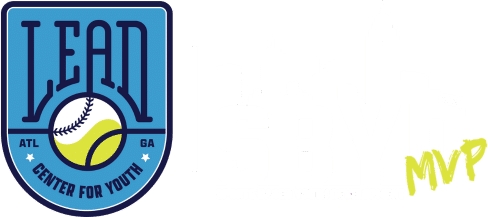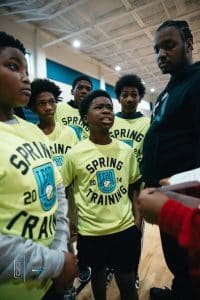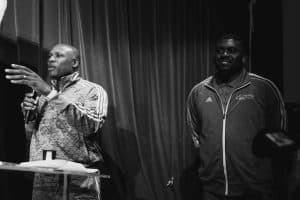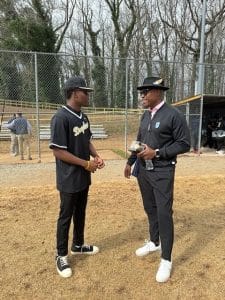At the LEAD Center For Youth, our dedication to nurturing young athletes extends beyond physical prowess; it encompasses mental resilience and strategic thinking. In a recent Hitting Lab session with eight-year-old Jack Grizzle, we embarked on a journey to refine his baseball skills while cultivating a winning mindset.
Here’s an in-depth look at our transformative session:
Jack exudes passion and intensity, particularly when it comes to baseball. Having had the privilege of coaching him twice, I am confident in his potential to excel in the sport, even at collegiate and professional levels. Despite his tender age, Jack’s remarkable intellect and unwavering motivation set him apart.
Technical Parts of the Swing:
- Stance/Load
- Timing
- Tempo
- Tracking
- Approach
- Contact
- Extension/Finish
Tactical Parts of Hitting:
- Self-regulation
- Self-management
- Focus
- Positive attitude
- Ability to make adjustments
- Ability to repeat the swing
- Ability to learn and apply
In our Lab session, I led Jack through a series of drills aimed at refining his tactical approach to hitting. While Tre Hampton focused on building the technical aspects of Jack’s swing, I honed his mental fortitude and strategic thinking.
One of the drills that tested Jack’s determination was the Zone Drill, designed to instill focus, adaptability, and consistency. With a Tanner Tee, baseballs, and a target positioned at varying distances, Jack faced the challenge head-on, striving to meet set goals for hitting accuracy.
Zone Drill Breakdown:
- Zone 1: 50 feet from the target, aim for 5 hits out of 25 swings
- Zone 2: 45 feet from the target, aim for 10 hits out of 25 swings
- Zone 3: 40 feet from the target, aim for 15 hits out of 25 swings
- Zone 4: 35 feet from the target, aim for 20 hits out of 25 swings
February-April marks a crucial period for skill development, transitioning from habits to refined skills. Positive stress, or eustress, is integral to this process, challenging players to thrive under pressure and elevate their performance.
Despite initial frustration, Jack persevered through the Zone Drill, demonstrating resilience and determination. By session’s end, his hitting accuracy improved significantly, bolstering his confidence and resilience.
- How do you differentiate between technical and tactical aspects of hitting?
- What strategies can you employ to manage eustress and distress during practice?
- How does the Zone Drill enhance focus, adaptability, and repetition in hitting?
- In what ways does facing challenges and overcoming setbacks contribute to building confidence?
- How do you apply the principles of tactical hitting to game situations?
For more information, visit L.E.A.D. Center for Youth today.
If you found this inspiring and thought-provoking, or if you have any questions, comments or concerns, add me on Discord and let’s go deeper.
C.J. Stewart has built a reputation as one of the leading professional hitting instructors in the country. He is a former professional baseball player in the Chicago Cubs organization and has also served as an associate scout for the Cincinnati Reds. As founder and CEO of Diamond Directors Player Development, C.J. has more than 22 years of player development experience and has built an impressive list of clients, including some of the top young prospects in baseball today. If your desire is to change your game for the better, C.J. Stewart has a proven system of development and a track record of success that can work for you.




